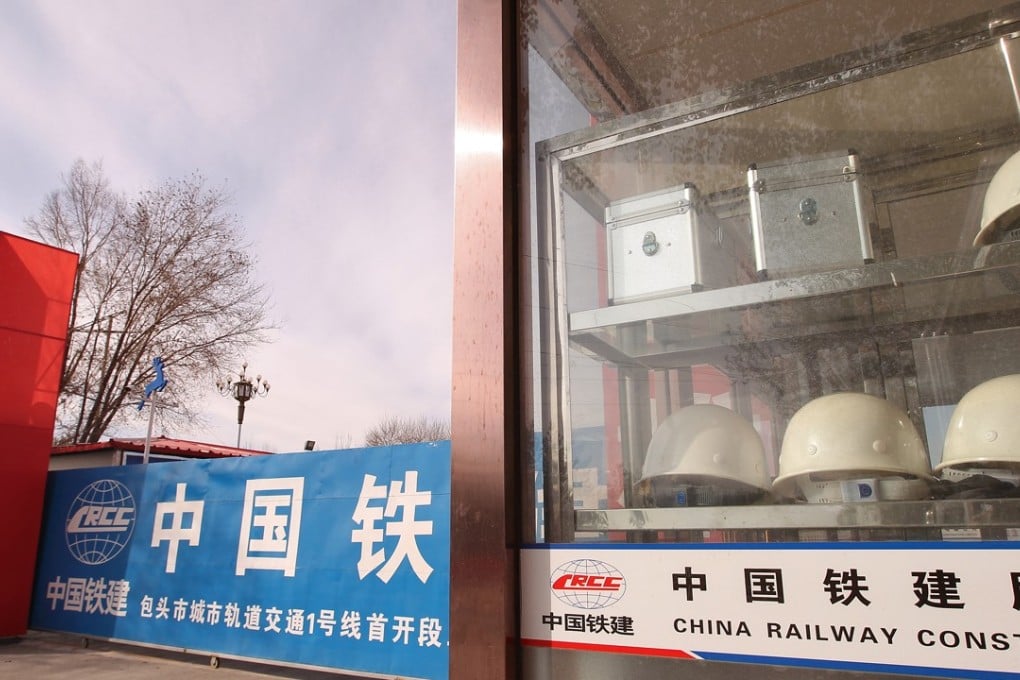Does halting of subway project mark end of line for China’s infrastructure building boom?
Baotou, in Inner Mongolia, broke ground on two lines costing 30.5 billion yuan but Beijing had second thoughts

With China preparing its annual blueprint for tackling its economic challenges, the South China Morning Post has sent journalists to check on three of the ‘grey rhinos’ threatening the world’s second biggest economy. In the first story in the series we look at the problem of local government debt.
The unprecedented suspension of a 30.5 billion yuan (US$4.6 billion) subway project in the Chinese city of Baotou in August shocked residents and construction workers alike.
During a decade-long subway construction boom in China, no one had ever seen a project halted after construction had begun. Now they are wondering whether Baotou marks the end of the line.
China has built more than 3,000km of new subway lines since the global financial crisis in 2008 – more than all the subway lines in the United States and Britain put together – as part of an infrastructure drive encompassing 50-odd cities that also included high-speed railway lines, motorways and airports.
All that government investment helped prop up the country’s economic growth rate and redefine China’s urban landscape. But Baotou, an industrial city in Inner Mongolia with a population of 2.8 million, may signal a change in direction.
Its plan to build two subway lines with a total length of 42km by 2022 seemed modest in a country that, according to the China Association of Metros, has 5,770km of subways and intracity railway lines under construction.